Home>Articles>How Many Lumens Is A 40 Watt Incandescent Bulb
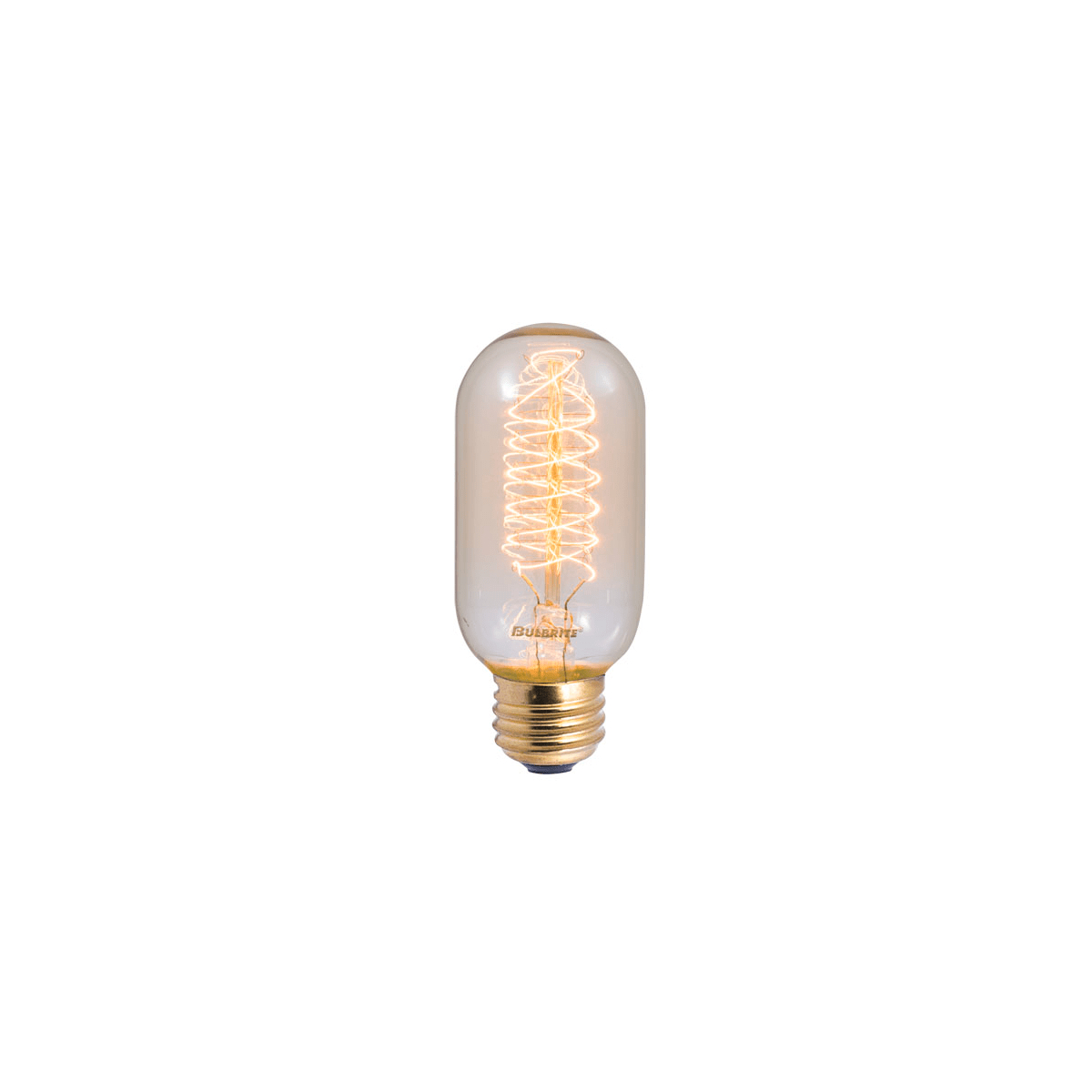

Articles
How Many Lumens Is A 40 Watt Incandescent Bulb
Modified: February 23, 2024
Discover the answer to how many lumens a 40-watt incandescent bulb emits in our informative article. Learn about lumens, wattage, and more.
(Many of the links in this article redirect to a specific reviewed product. Your purchase of these products through affiliate links helps to generate commission for Storables.com, at no extra cost. Learn more)
Introduction
Welcome to the world of lighting! When it comes to choosing the right light bulb for your needs, there are several factors to consider. One of those factors is the lumens output of the bulb. Lumens are a measurement of the total amount of visible light emitted by a light source.
In the past, the brightness of a light bulb was often associated with its wattage. However, with the introduction of more energy-efficient lighting options, such as LED bulbs, it’s important to understand that the amount of light produced is not solely determined by the wattage.
In this article, we will focus on incandescent bulbs, specifically the lumens output of a 40-watt incandescent bulb. We will explore the relationship between lumens and watts, discuss the lumens equivalent to a 40-watt incandescent bulb, and highlight the factors that can affect the lumens output of a light bulb.
So, if you’re ready to shed some light on the topic, let’s delve into the world of lumens and discover how many lumens a 40-watt incandescent bulb emits.
Key Takeaways:
- When choosing a light bulb, focus on lumens, not just wattage. A 40-watt incandescent bulb typically emits 450-800 lumens, but energy-efficient LED bulbs can achieve the same brightness with significantly lower wattage.
- Factors like bulb type, age, color temperature, and environmental conditions can affect a bulb’s lumens output. Consider these when selecting the right bulb for your space to ensure the desired brightness and energy efficiency.
Understanding Lumens and Watts
Before we dive into the lumens output of a 40-watt incandescent bulb, let’s take a moment to understand the concepts of lumens and watts.
Lumens, as mentioned earlier, are a measure of the total amount of visible light emitted by a light source. It is a unit of brightness, and the higher the lumens, the brighter the light. Lumens are used to compare the brightness of different light sources regardless of their type or technology.
On the other hand, watts are a unit of power and are used to measure the amount of electricity consumed by a light bulb. In the past, when incandescent bulbs were the primary lighting option, the wattage of a bulb was often used to gauge its brightness. However, with the advent of more energy-efficient lighting options, this correlation between wattage and brightness has become less relevant.
Today, it is important to understand that different types of bulbs can produce the same amount of light (in lumens) while consuming different amounts of power (in watts). This means that a lower wattage bulb, such as an LED or a CFL bulb, can produce as much or even more light than a higher wattage incandescent bulb.
When shopping for light bulbs, it’s essential to consider the lumens produced by the bulb rather than just focusing on the wattage. This will help you choose a bulb that meets your desired level of brightness while consuming less energy.
Now that we have a better understanding of lumens and watts, let’s explore the specific lumens output of a 40-watt incandescent bulb in the next section.
Lumens Output of Incandescent Bulbs
In order to determine the lumens output of a 40-watt incandescent bulb, we need to understand the general range of lumens produced by incandescent bulbs.
Incandescent bulbs are known for their warm, yellowish light and have been a popular lighting choice for many years. They work by passing an electric current through a filament, which heats up and produces light. However, incandescent bulbs are not as energy-efficient as newer lighting technologies, such as LED or CFL bulbs.
The lumens output of an incandescent bulb can vary depending on the wattage. Generally, a 40-watt incandescent bulb produces around 450-800 lumens of light. This range can provide a moderate level of illumination for various applications, such as table lamps, ceiling fixtures, or pendant lights.
It’s important to note that the lumens output of incandescent bulbs tends to decrease over time as the filament wears out. This means that older incandescent bulbs may emit less light than their initial lumens rating.
Now that we have an idea of the typical lumens output of incandescent bulbs, let’s move on to discussing the lumens equivalent to a 40-watt incandescent bulb and how it compares to other lighting options.
A 40 watt incandescent bulb typically produces around 450 lumens of light. If you’re looking for a more energy-efficient option, consider switching to an LED bulb with equivalent lumens.
Lumens Equivalent to a 40W Incandescent Bulb
If you’re looking for a more energy-efficient alternative to a 40-watt incandescent bulb, it’s helpful to understand the lumens equivalent to achieve a similar level of brightness.
In recent years, LED (Light Emitting Diode) bulbs have gained popularity due to their energy efficiency and longevity. LED bulbs can produce the same amount of light as incandescent bulbs while consuming significantly fewer watts. As a result, LED bulbs have a higher lumens-to-watts ratio.
For a 40-watt incandescent bulb, the approximate lumens equivalent would be around 450-800 lumens. To achieve the same level of brightness using an LED bulb, you would typically need a bulb with a lower wattage, such as a 6-9 watt LED bulb. This LED bulb could produce the same 450-800 lumens but consume significantly less energy.
It’s important to note that the exact lumens equivalent may vary depending on the specific LED bulb and brand. However, as a general rule, for every 1 watt of energy consumed by an LED bulb, you can expect it to produce around 70-100 lumens.
Switching to LED bulbs not only saves energy but also offers other benefits such as longer lifespan, reduced heat emission, and compatibility with dimmers. Additionally, LED bulbs are available in various color temperatures, allowing you to choose the desired ambiance for your space.
Aside from LED bulbs, other energy-efficient options such as CFL (Compact Fluorescent Lamp) bulbs are also available. CFL bulbs have a higher lumens-to-watts ratio compared to incandescent bulbs but are less efficient than LED bulbs. To achieve a similar level of brightness as a 40-watt incandescent bulb, you would typically need a CFL bulb with a wattage of around 9-14 watts.
Now that you know the lumens equivalent to a 40-watt incandescent bulb and the energy-efficient options available, it’s important to consider other factors that can affect the lumens output of a light bulb.
Factors Affecting Lumens Output
The lumens output of a light bulb can be influenced by several factors. Understanding these factors can help you choose the right bulb for your needs and ensure that you get the desired level of brightness. Here are some key factors that can affect the lumens output of a light bulb:
- Bulb Type: Different types of bulbs have varying efficiency in converting electrical energy into light. For example, LED bulbs are known for their high lumens-to-watts ratio, while incandescent bulbs have a lower ratio.
- Bulb Age and Condition: As incandescent bulbs age, their filaments degrade, resulting in decreased lumens output. It’s important to consider the age and condition of the bulbs when assessing their brightness.
- Manufacturing Variations: Even within the same brand and model, there can be slight variations in the lumens output of light bulbs. This can be due to manufacturing differences or quality control factors.
- Color Temperature: The color temperature of a bulb affects the perceived brightness and ambiance of a space. Bulbs with a higher color temperature (measured in Kelvin) may appear brighter and produce a cooler, bluish light, while bulbs with a lower color temperature may appear warmer and produce a softer, yellowish light.
- Dimming: Many light bulbs, especially LED bulbs, have the ability to be dimmed. However, it’s important to note that the lumens output may decrease when the bulb is dimmed. This is because the bulb is using less power and therefore producing less light.
- Environmental Conditions: The operating temperature and humidity of the environment in which the bulb is placed can affect its performance. Extreme temperatures or high humidity may impact the lumens output of the bulb.
By considering these factors, you can ensure that you choose a light bulb that meets your desired level of brightness and suits the specific requirements of your space.
Now that we have explored the various factors that can affect lumens output, let’s summarize the key points and conclude our discussion.
Read more: How Many Lumens In 40-Watt LED Bulb
Conclusion
When it comes to selecting the right light bulb for your needs, understanding lumens and watts is key. Lumens measure the brightness of a light source, while wattage indicates the amount of power consumed by the bulb. By focusing on lumens rather than wattage, you can ensure you get the desired level of brightness while also making energy-efficient choices.
In the case of a 40-watt incandescent bulb, the typical lumens output range is around 450-800 lumens. However, with advancements in lighting technology, there are more energy-efficient options available. LED bulbs, for example, have a higher lumens-to-watts ratio, allowing them to produce the same level of brightness as a 40-watt incandescent bulb with significantly lower wattage.
It’s also important to keep in mind that factors such as bulb type, age, manufacturing variations, color temperature, dimming, and environmental conditions can affect the lumens output of a light bulb. Considering these factors will help you make informed decisions when choosing the right bulb for your space.
By understanding the relationship between lumens and watts, as well as considering the various factors that affect lumens output, you can make educated choices that provide both the desired level of brightness and energy efficiency. So, next time you shop for light bulbs, remember to pay attention to lumens and explore the options that best suit your lighting needs.
Thank you for joining us on this illuminating journey into the world of lumens and the lumens output of a 40-watt incandescent bulb. We hope this article has shed light on your understanding and helped you make more informed decisions when it comes to lighting your space.
Frequently Asked Questions about How Many Lumens Is A 40 Watt Incandescent Bulb
Was this page helpful?
At Storables.com, we guarantee accurate and reliable information. Our content, validated by Expert Board Contributors, is crafted following stringent Editorial Policies. We're committed to providing you with well-researched, expert-backed insights for all your informational needs.
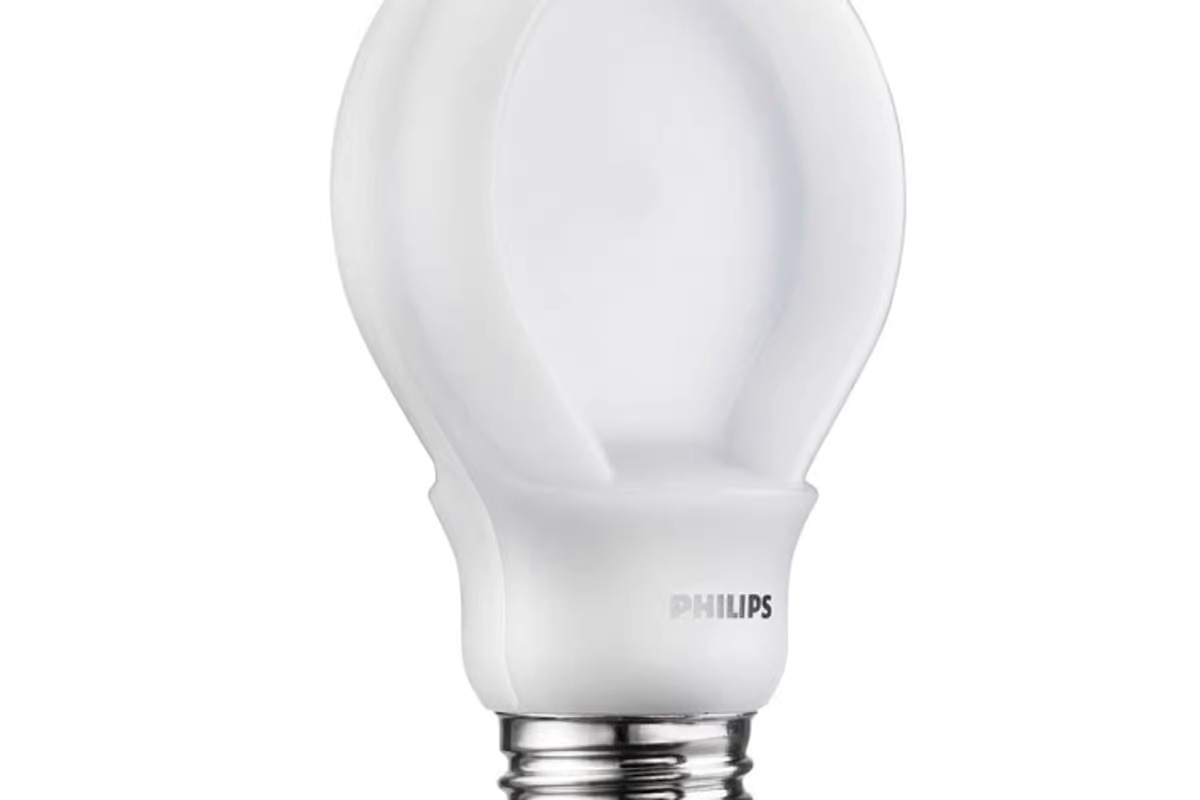
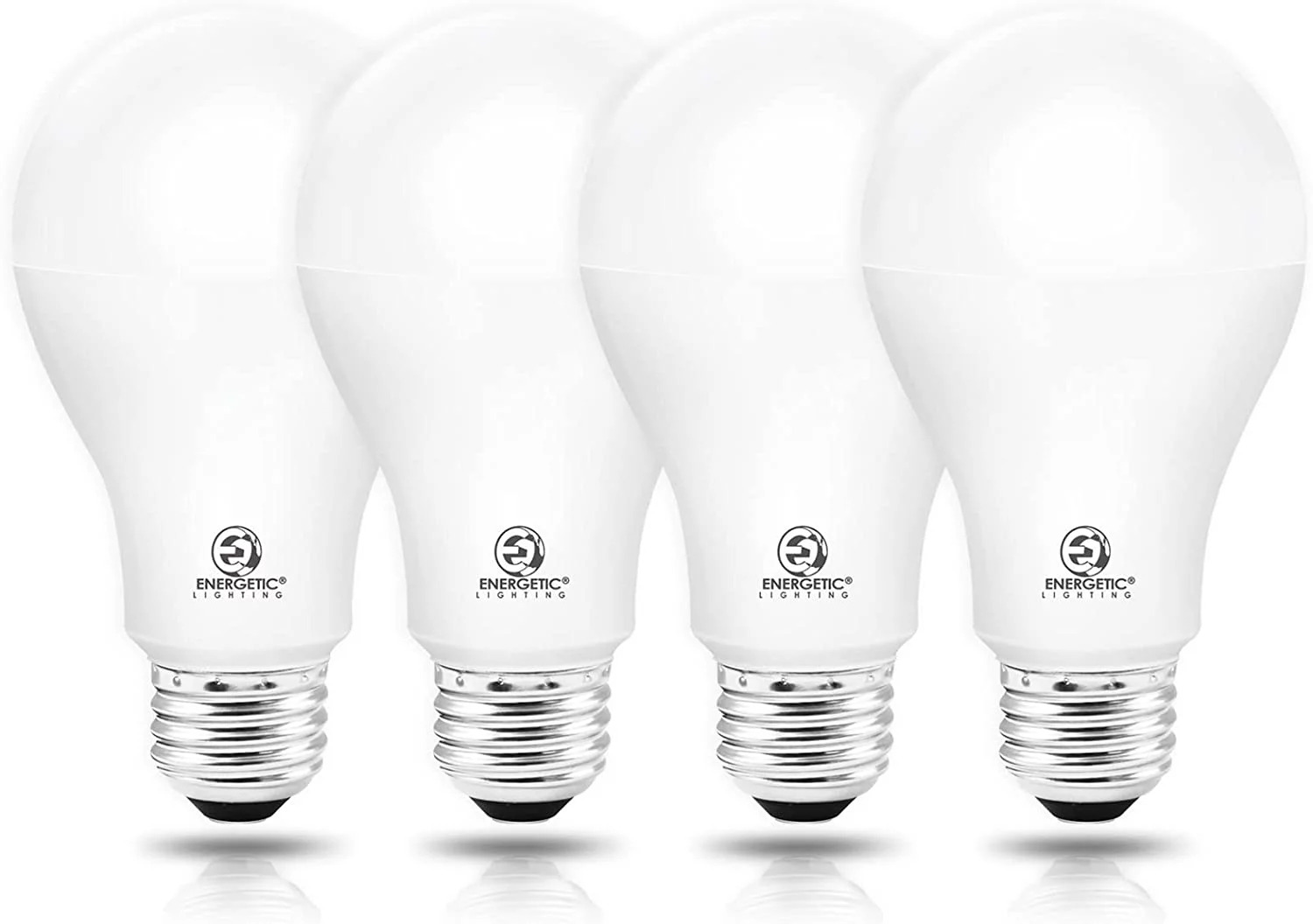
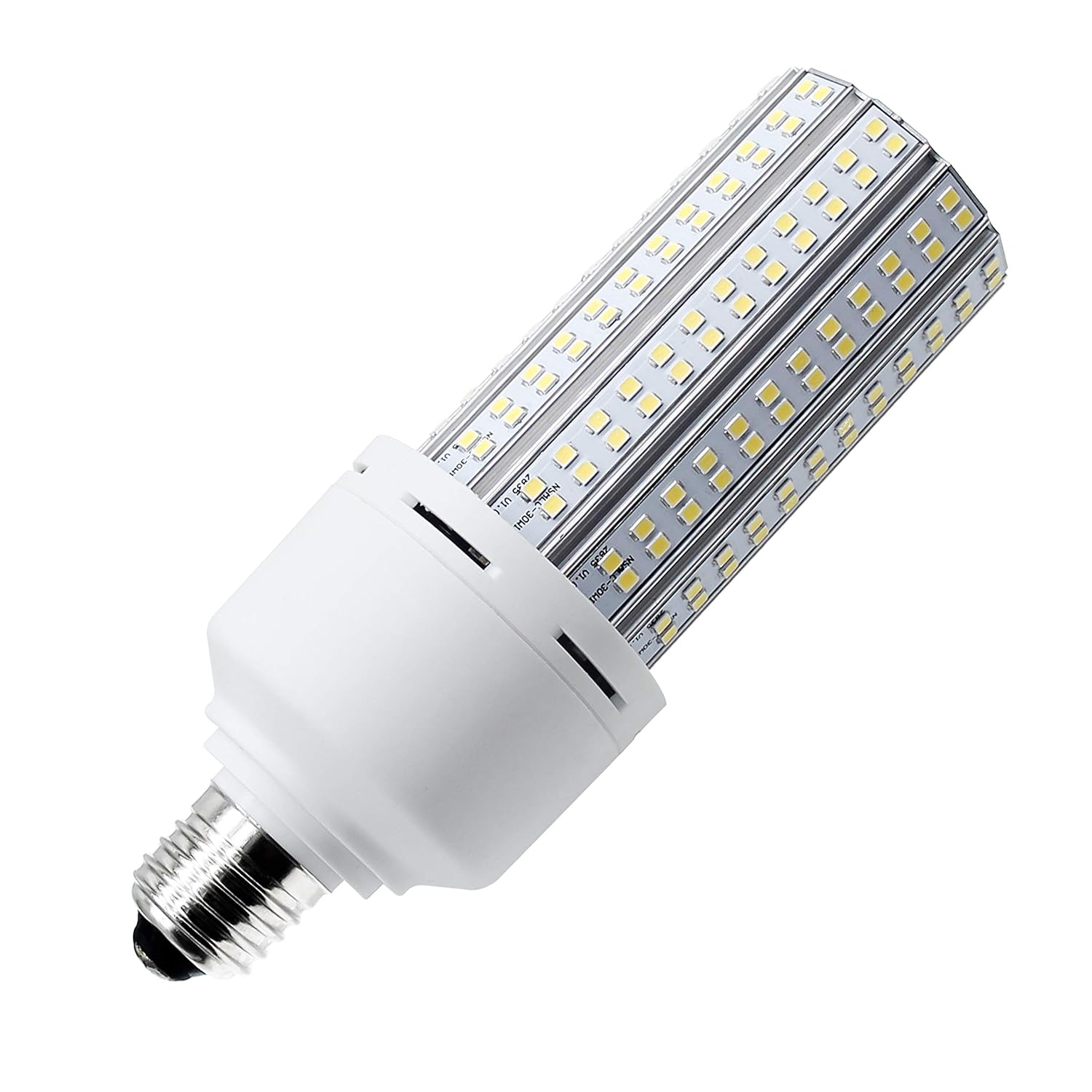

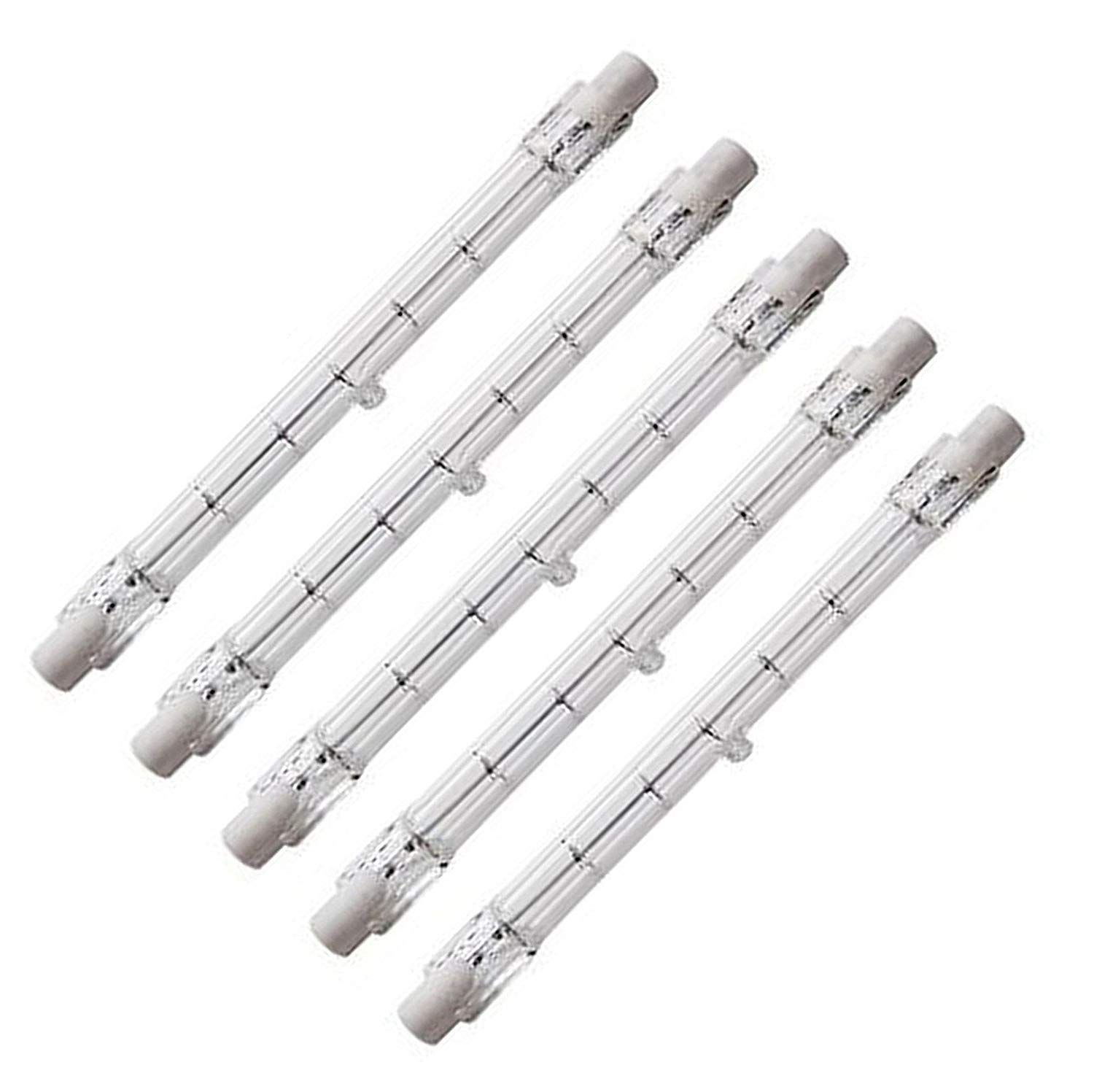
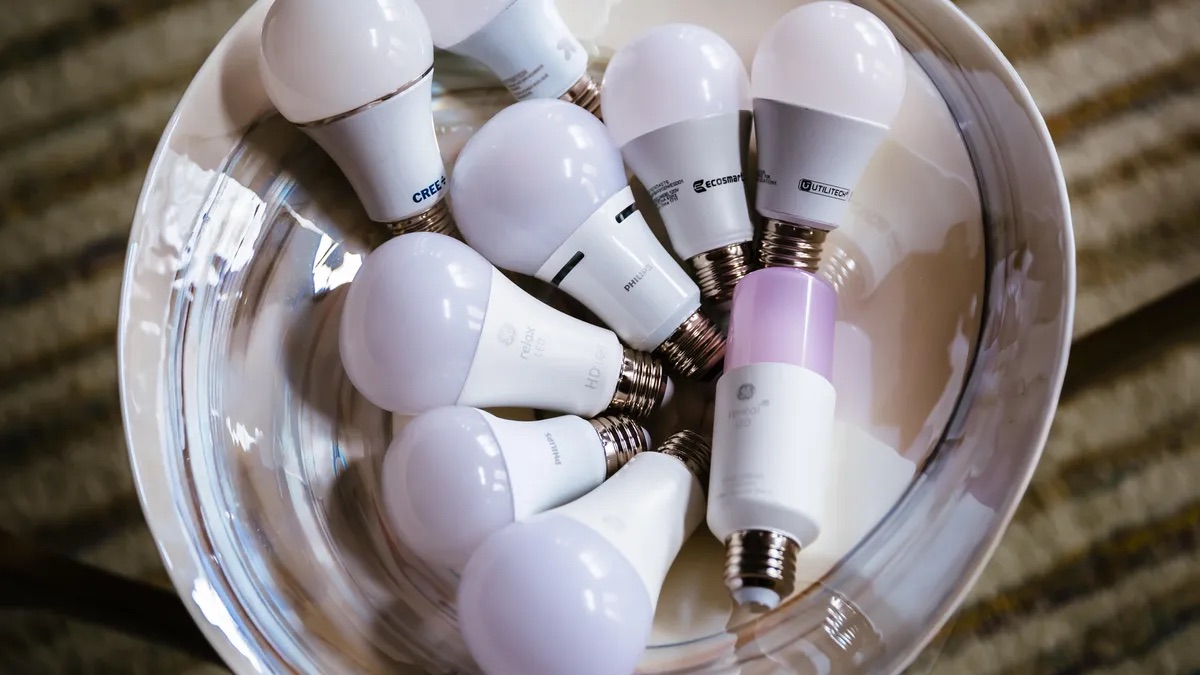
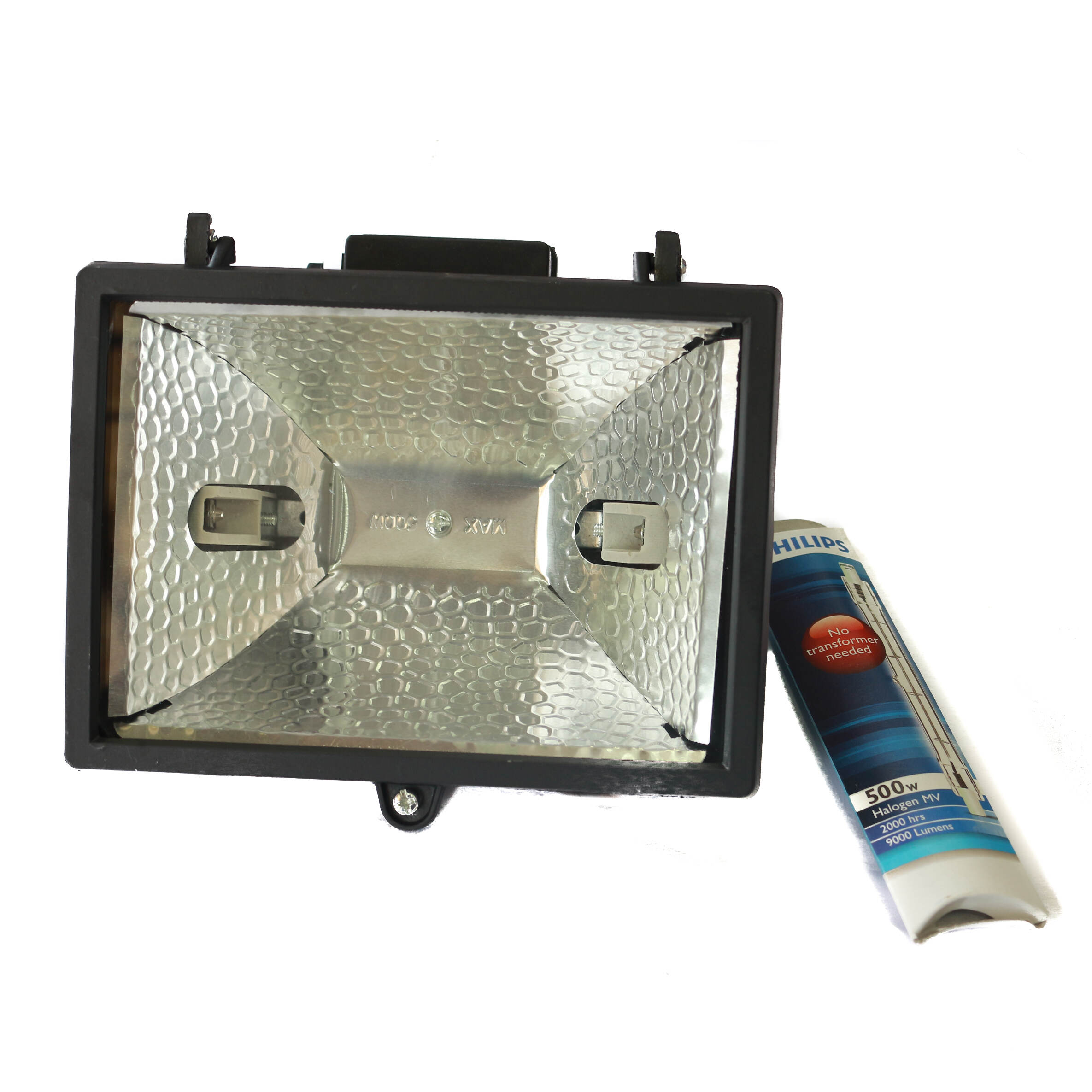
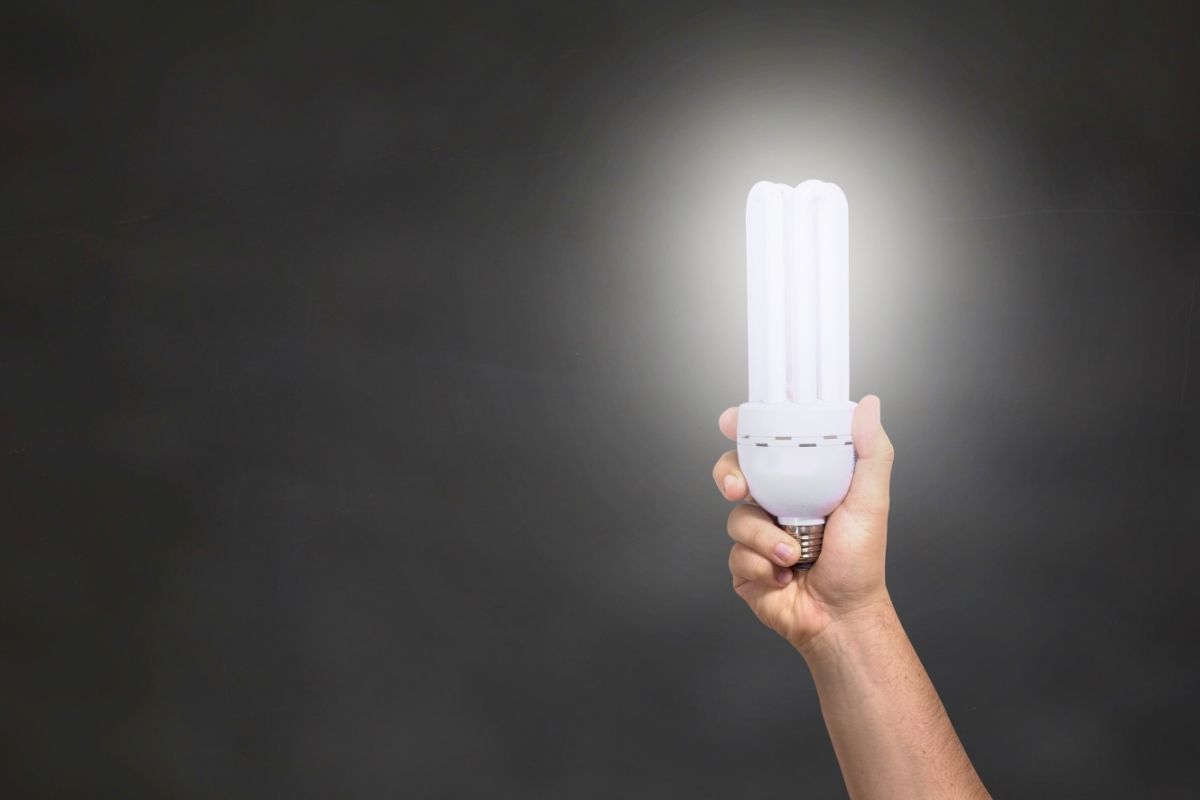
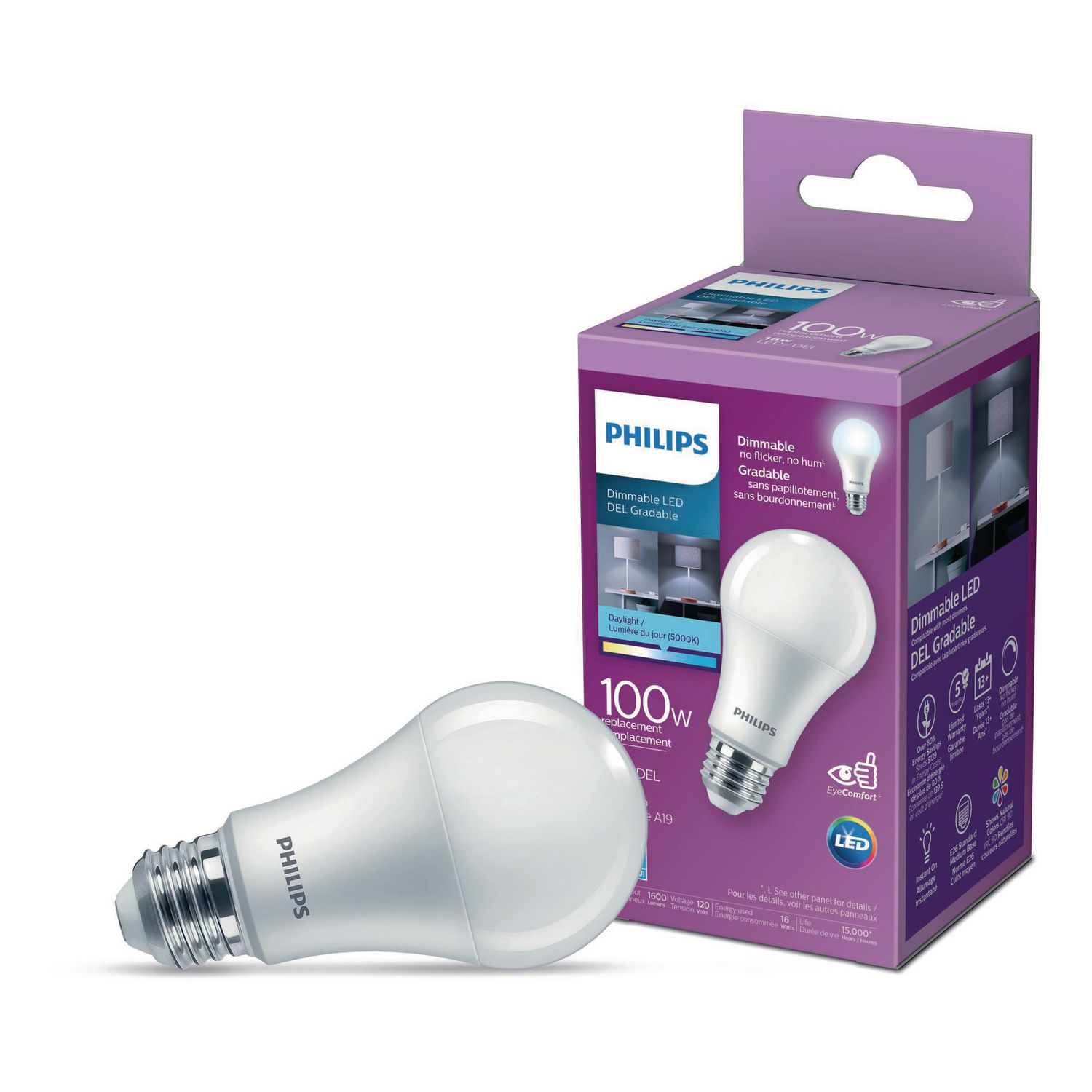
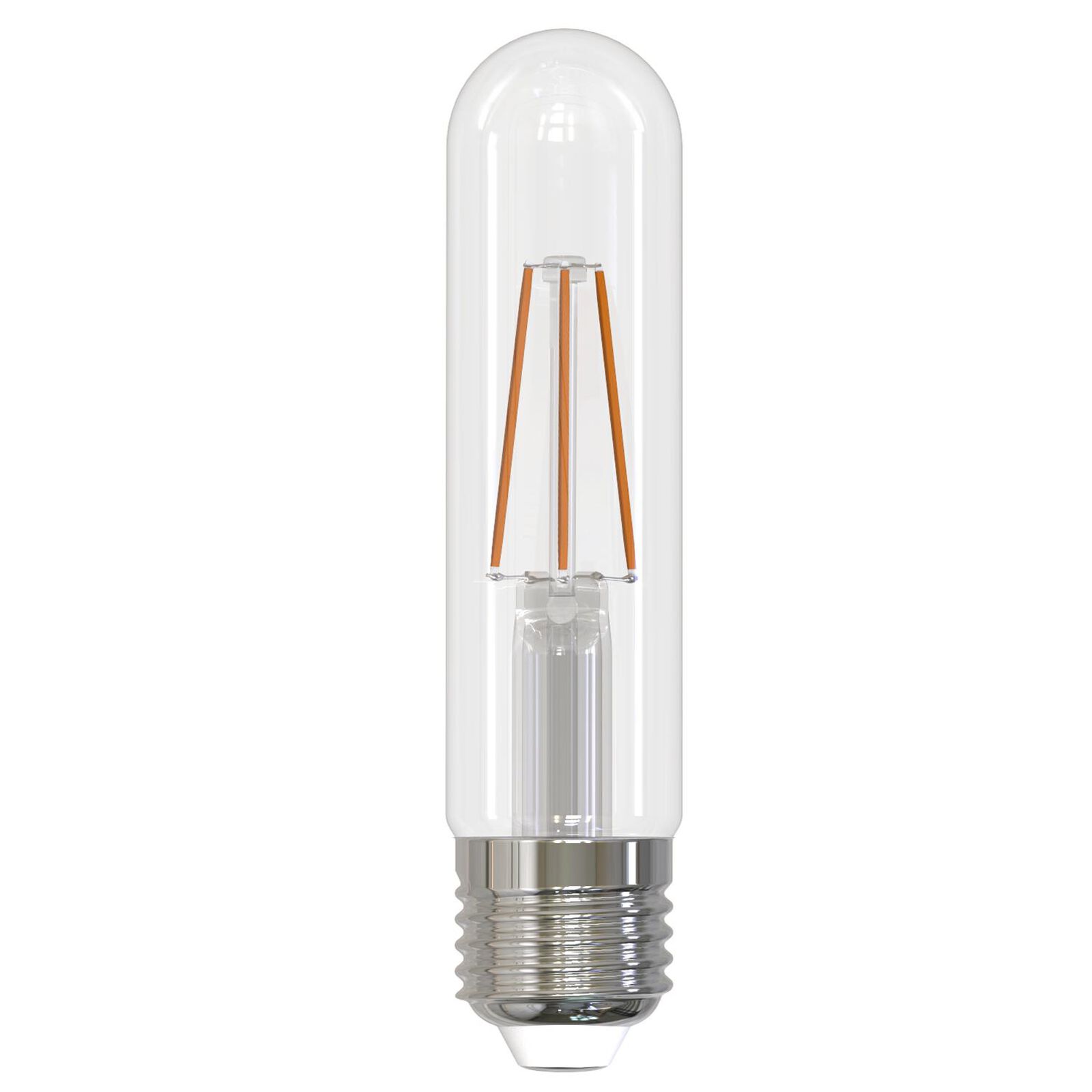
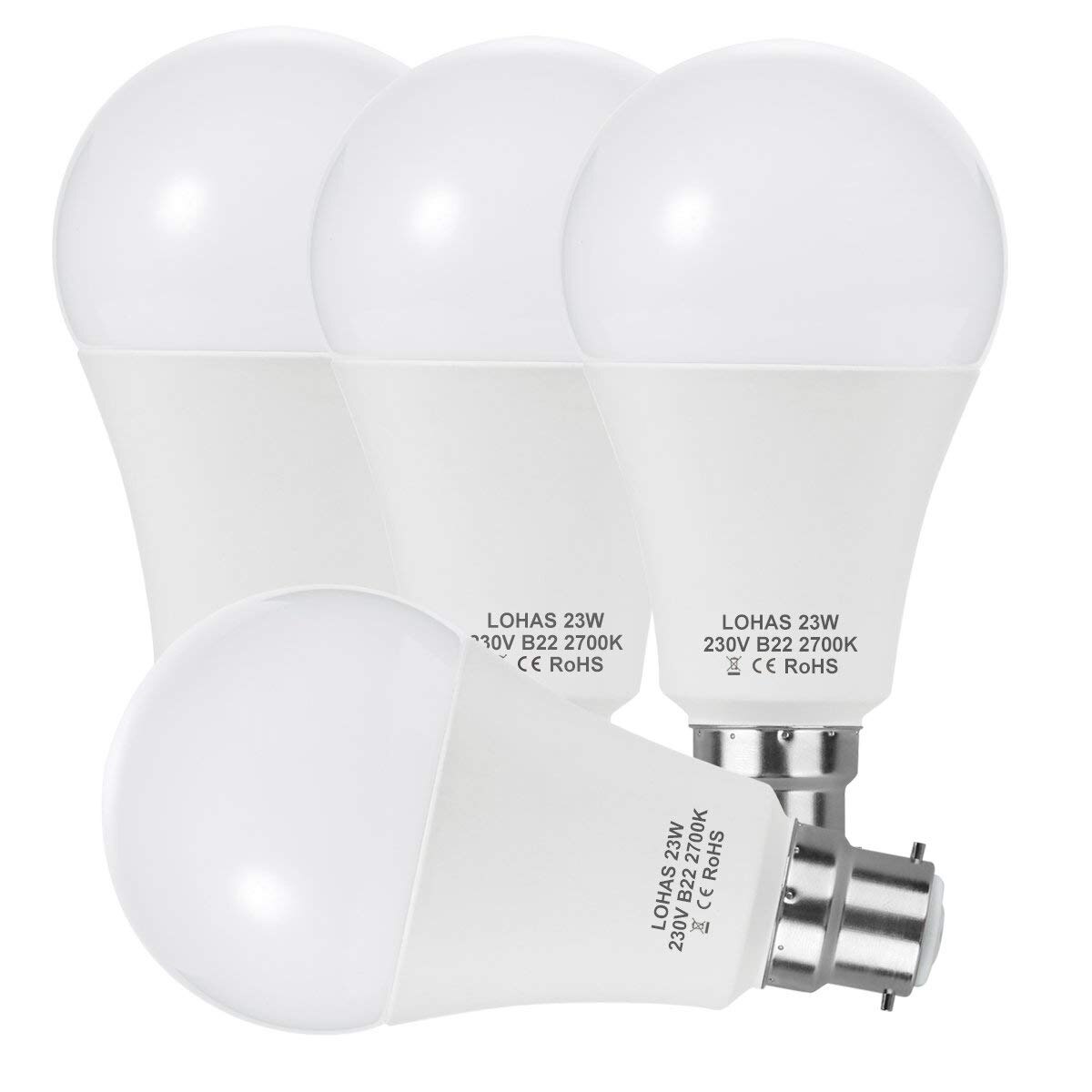
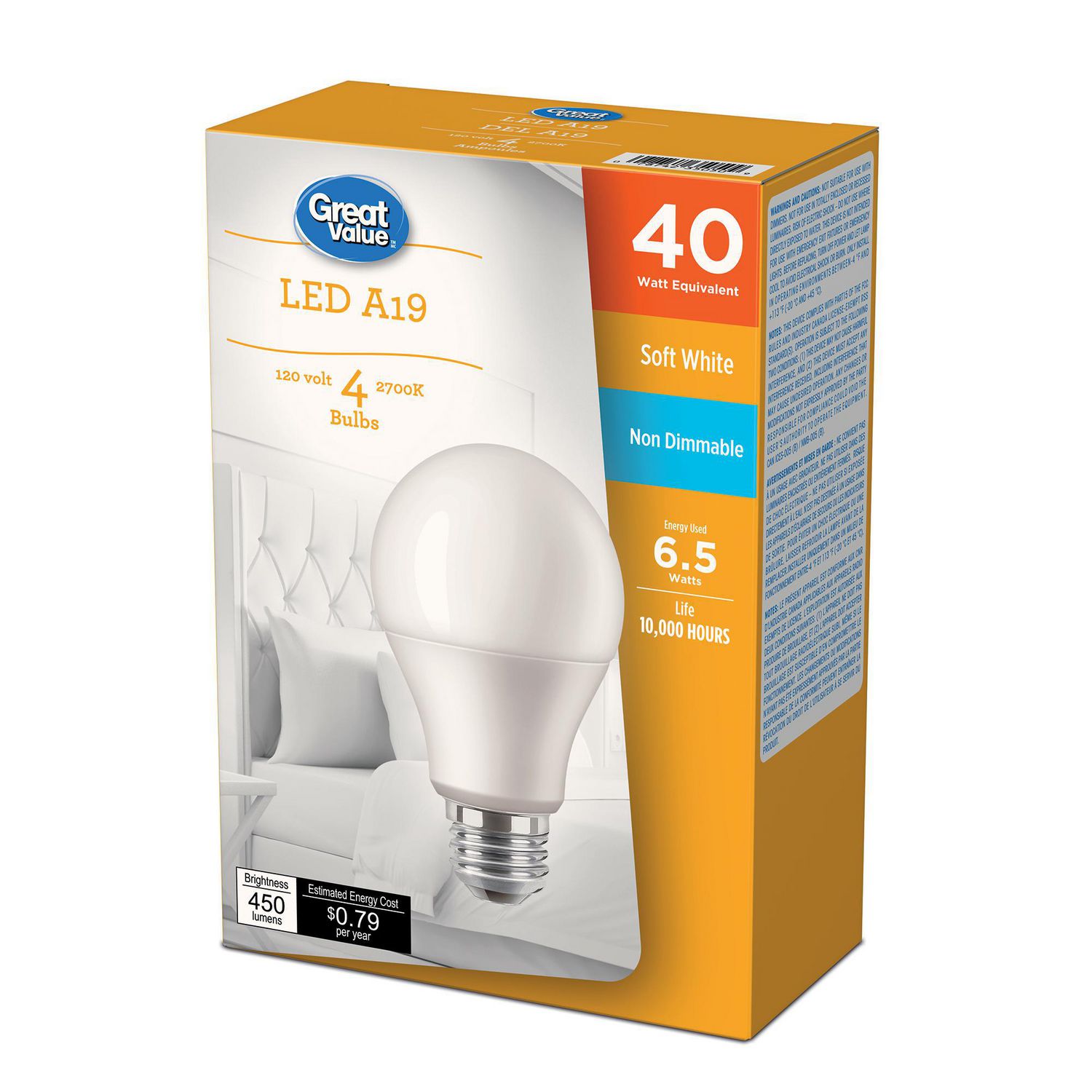
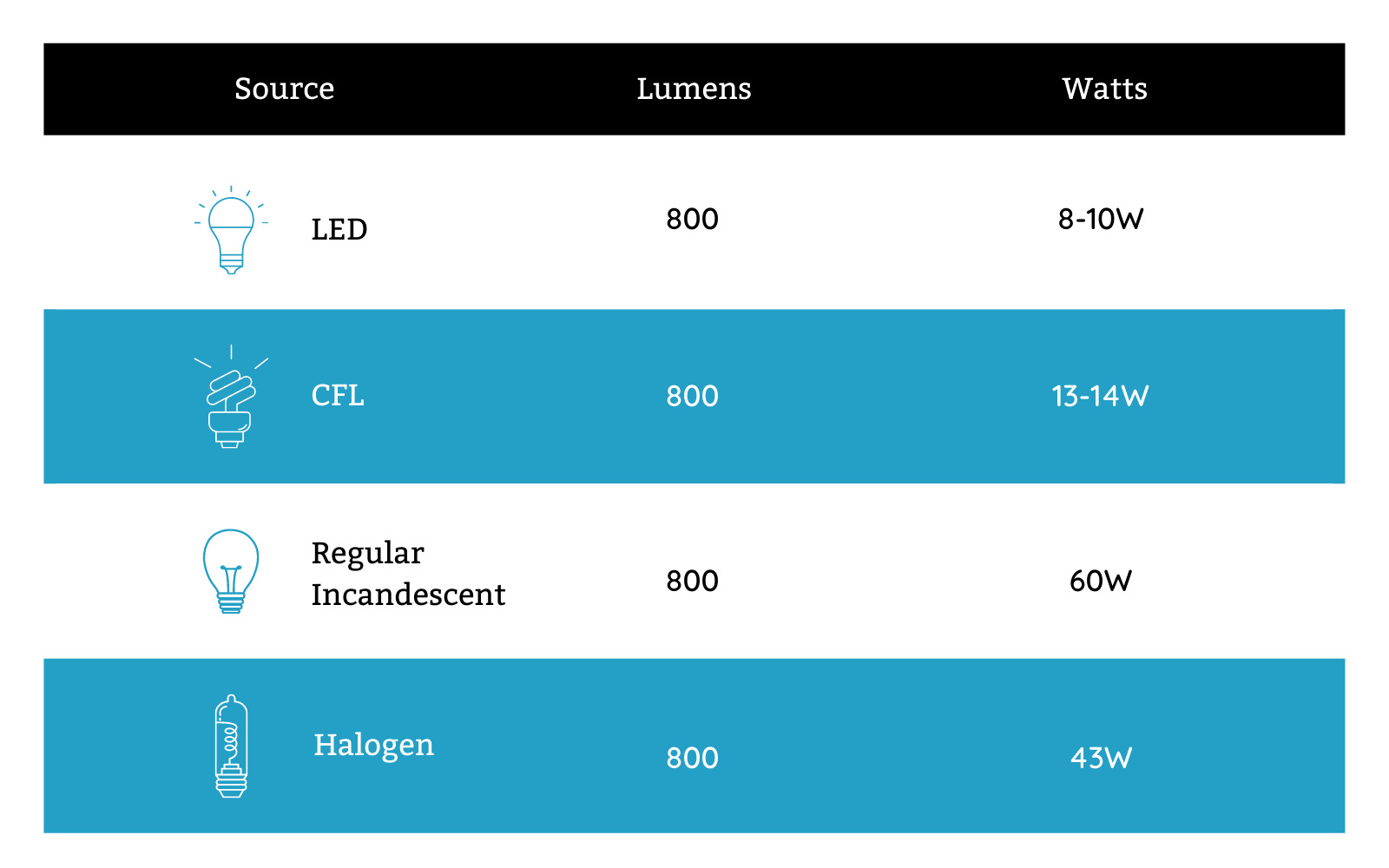
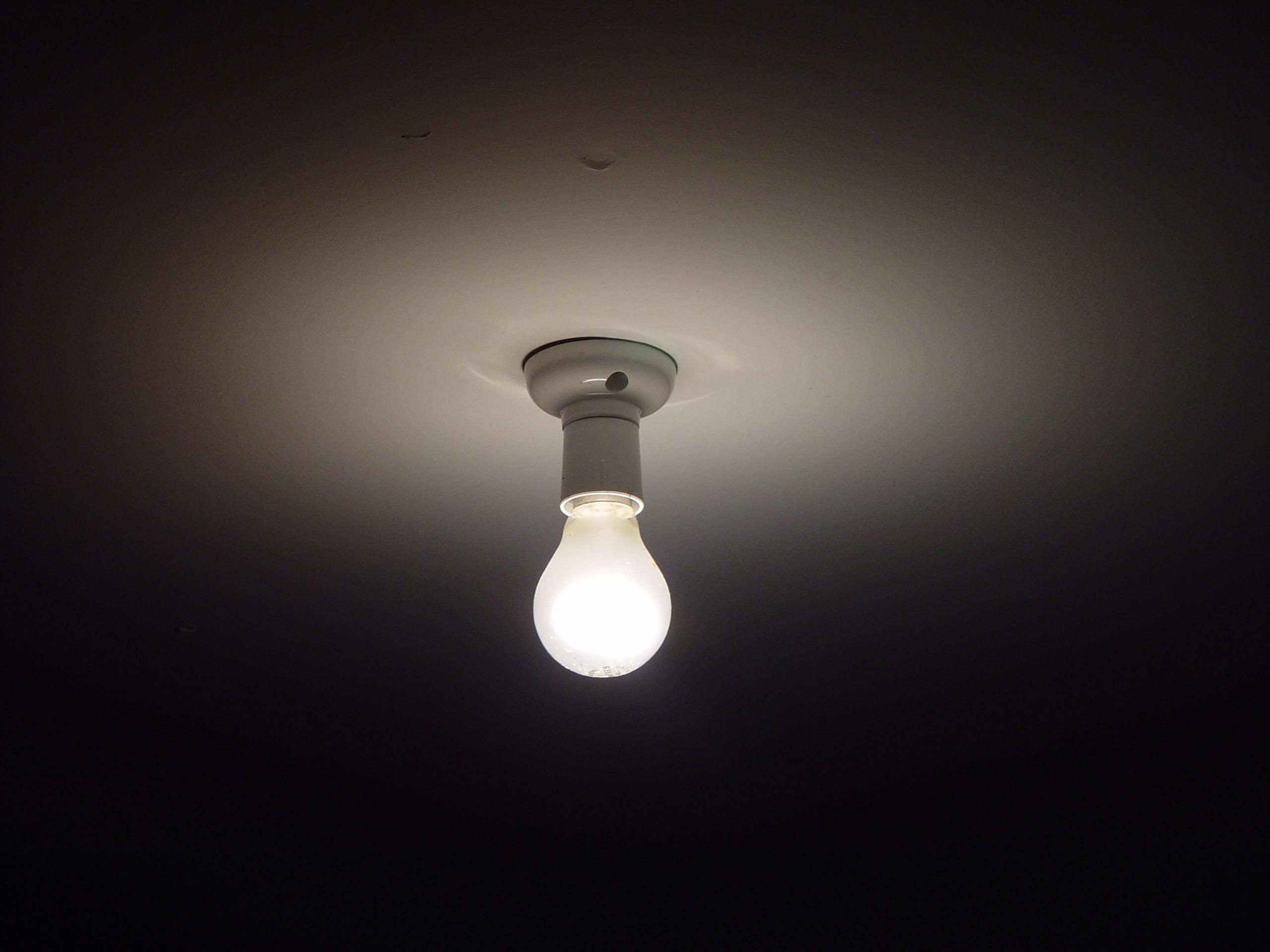

0 thoughts on “How Many Lumens Is A 40 Watt Incandescent Bulb”